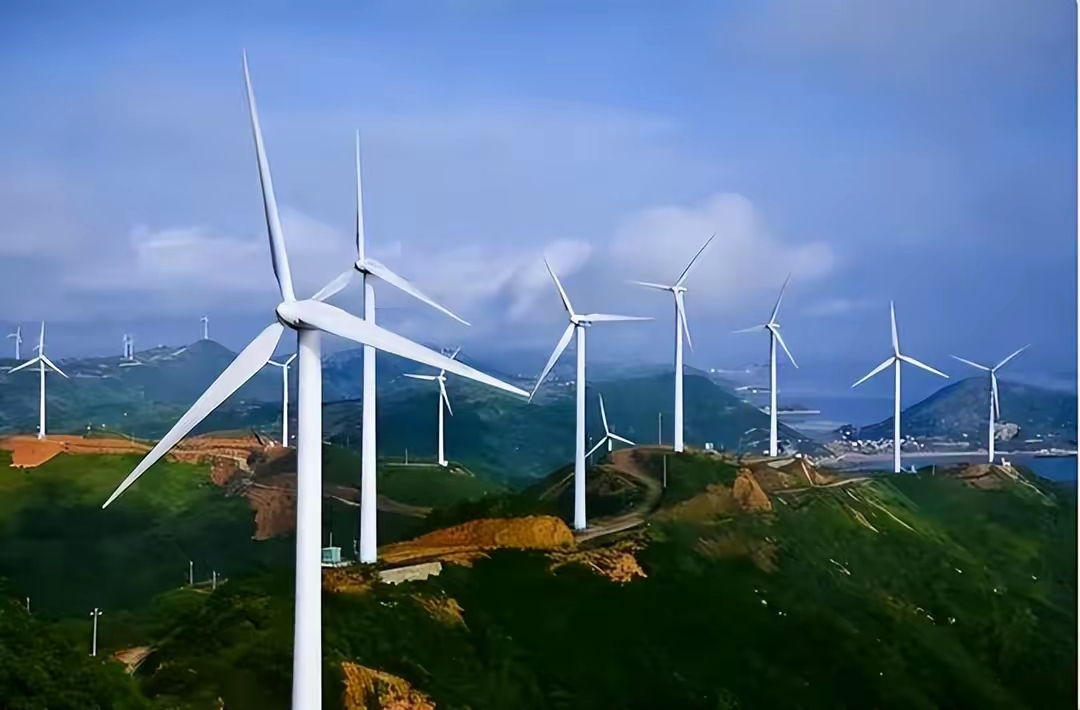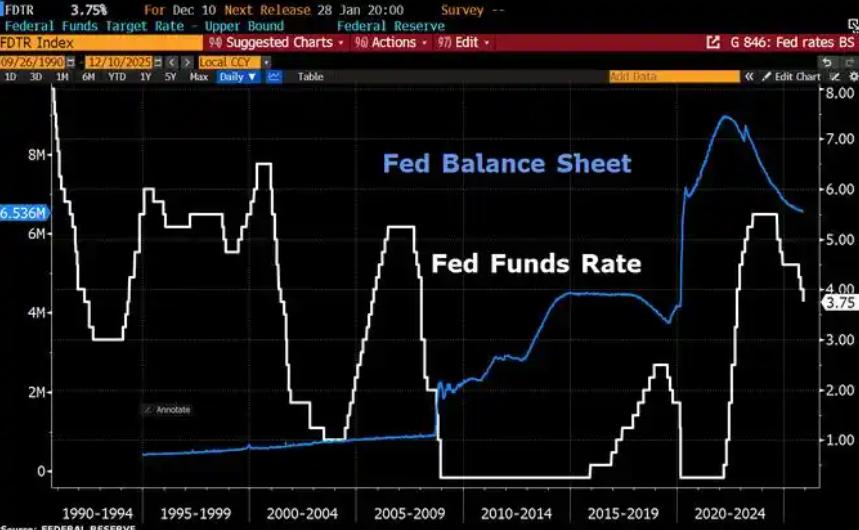
Amidst the global trend of embracing clean energy transformation through technology, the United States' resistance to wind power projects is particularly glaring. From the suspension of federal permits and land leases for wind power projects during the Trump administration, to the passage of bills to cancel tax credits for wind power projects, and to the many negative evaluations of wind power by relevant parties, the United States' attitude towards resisting wind power has become increasingly resolute. Behind this lies not only the entanglement of political interests, but also the balance between economic costs and benefits, as well as considerations of technological and environmental impacts.
After Trump took office, he quickly formed a close alliance with traditional energy interest groups, actively promoted the development of traditional energy, relaxed regulation of the fossil energy industry, and vigorously promoted the extraction and export of oil and natural gas. In this context, renewable energy sources such as wind power naturally become targets of suppression. Trump signed an executive order to halt federal licenses for wind power projects, and behind this action, it is not difficult to see the shadow of traditional energy interest groups who attempt to maintain their monopoly position and huge profits in the energy market by restricting wind power development.
The initial investment in wind power projects is enormous, requiring huge capital investment from the procurement and installation of wind turbine equipment to the construction of supporting power grids. In the United States, high labor costs and complex approval processes lead to increased time costs, further driving up the total cost of wind power projects. Compared with other energy sources, wind power does not have outstanding cost competitiveness. Although wind power has almost zero energy acquisition costs during operation, the high initial investment has deterred many investors.
In terms of revenue, the United States has abundant natural gas resources and relatively low prices, which severely compresses the profit margin of wind power in the market. Even in some regions, the cost of wind power generation is similar to that of natural gas power generation. However, due to the natural advantages of natural gas power generation in peak shaving, energy storage, and other aspects, which can more flexibly meet electricity demand, the market share of wind power is still difficult to expand. In addition, the revenue of wind power projects also faces many uncertainties, such as unstable power generation caused by weather changes, which may affect their long-term stable economic returns, making investors skeptical about wind power projects.
Although wind power technology has made significant progress, there are still some challenges that have not been fully overcome. The intermittency of wind power is one of the key factors restricting its large-scale development. The instability of wind strength and direction makes it difficult to accurately predict and control power generation. In the current situation where energy storage technology is not yet perfect, wind power is difficult to provide stable and reliable electricity to the grid. The power grid system in the United States is relatively old, and there are many technical barriers in accepting renewable energy sources such as wind power. The large-scale integration of wind power into the power grid may cause problems such as voltage fluctuations and frequency instability. This not only requires large-scale upgrading and transformation of the power grid, but also requires significant investment in the research and development of advanced smart grid technology and energy storage technology to ensure the safe and stable operation of the power grid.
According to an article published on the official website of the Heritage Foundation, a conservative think tank in the United States, in the context of the significant increase in electricity demand for data centers driven by artificial intelligence, reliable energy security must be sought, and wind power is clearly unable to meet this stable and high-intensity electricity demand. This viewpoint to some extent represents the concerns of some people in the United States about the stability of wind power energy, and has become one of the reasons to resist the development of wind power.
Wind power projects may also bring noise pollution and visual pollution, affecting the quality of life of surrounding residents. Especially in densely populated areas, the construction of wind power projects often faces resistance from local residents who are concerned that the huge wind turbine blades will damage the landscape and generate noise that will interfere with daily life. These environmental controversies and public opposition have made wind power projects face many difficulties in site selection and construction, further hindering the development of wind power.
The US boycott of wind power projects is the result of multiple factors working together. Politically influenced by traditional energy interest groups and political ideological differences, economic considerations of costs and benefits, technological bottlenecks, as well as environmental and public opposition, have become stumbling blocks to the development of wind power. However, in the context of the global energy transition, if the United States continues to resist wind power, it will not only miss the opportunity for clean energy development, but also find it difficult to fulfill its responsibilities in addressing climate change and sustainable energy development. In the future, it remains to be seen whether the United States can overcome these obstacles and re-examine the value of wind power.

Since 2022, the Fed has cumulatively reduced its balance sheet by $2.4 trillion through quantitative tightening (QT) policies, leading to a near depletion of liquidity in the financial system.
Since 2022, the Fed has cumulatively reduced its balance sh…
On December 11 local time, the White House once again spoke…
Fiji recently launched its first green finance classificati…
Recently, the European Commission fined Musk's X platform (…
At the end of 2025, the situation in the Caribbean suddenly…
The U.S. AI industry in 2025 is witnessing a feverish feast…